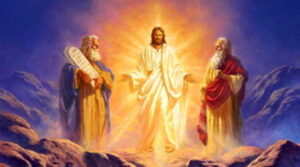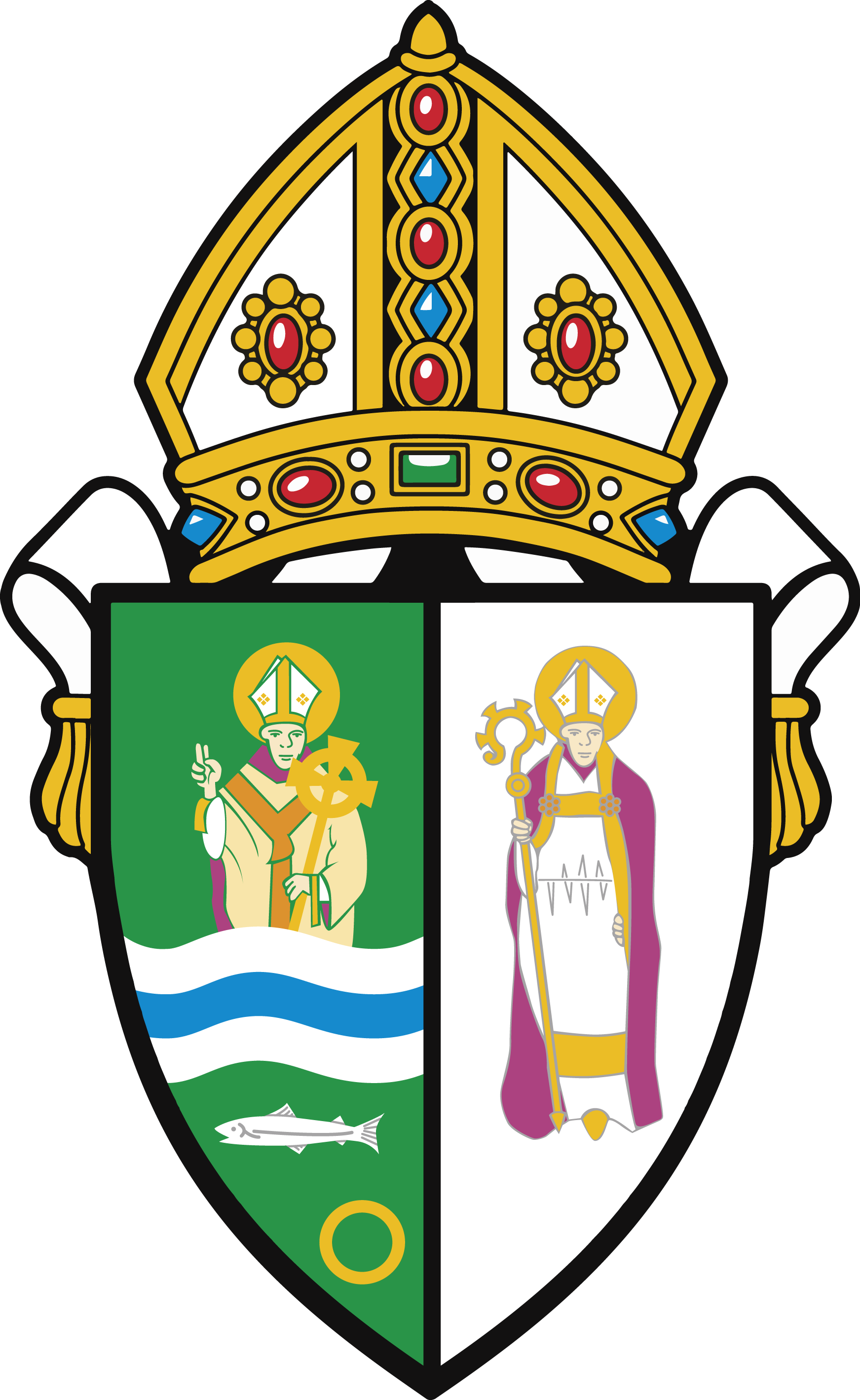9th Sunday after Trinity 2023 The Transfiguration St Andrew’s Milngavie
 Today we celebrated the ninth Sunday after Trinity accompanied by Abigail.
Today we celebrated the ninth Sunday after Trinity accompanied by Abigail.
Sadly, this week St Andrew’s has lost another dear friend. George Inwood died on Wednesday in Abbotsford Care Home.
His funeral will be on Wednesday August 16th 10.30am in church.
This Week
Tuesday – 10am Prayer Group in the Garden Room
Thursday 10am – Said Holy Communion followed by coffee in the hall.
Saturday 26th August – Church walk – 2pm from St Andrew’s
A message from Harry, please do support if you can – The Monroe Family will be participating in our 9th Walk on 27th August 2023, and would welcome donations to JustGiving.com to the account of ‘Off the Beatson Track 2023’.
If anyone wants to donate cash to me at some stage they can drop me a note at my email address and we can make arrangements.
Readings for next Sunday – 10th Sunday after Trinity – 1 Kings 19:9-18 Romans 10:5-15 Matthew 14:22-33
Today’s Readings – Daniel 7:9-10,13-14, , 2 Peter 1:16-19, Luke 9:28-39
It’s often tempting, when we read about the Transfiguration to talk about ‘mountain top’ experiences with God in the hope we will all get to experience God in a dramatic thunder and lightning way sort of way at some point.
But as we are probably all aware we could spend our whole time wishing for a dramatic experience of God and be disappointed.
Dramatic encounters of God are rare – even for saints such as St Peter. These flashes of God’s glory are incredibly scarce both for the ordinary and extraordinary Christian.
The point of story of the transfiguration is not necessarily to tell us we can all have a mountain top experience of God, it’s there to reveal to us who Jesus really is. There is almost a sense here that Jesus lets Peter, James and John on the summit peer behind the curtain to see who he really is.
Jesus takes just Peter, James and John to pray with him. Incredibly, they are heavy with sleep when they get to the top of the mountain. As was the case in the garden of Gethsemane when Jesus takes Peter, James and John to pray with him and they fall asleep. Then on the mountain top, the divinity of Christ is revealed to them. They are woken up by the flashing light – the word used to describe Jesus’ dazzling appearance is the same as that used to describe lightning. The disciples are woken out of their confusion, their sleeping, to see the light of Christ.
In the garden of Gethsemane, the humanity of Christ is fully revealed to them, they are woken up by Jesus to see him going to his death in anguish. At the transfiguration it is his divinity that is revealed. The fact that they are asleep on both occasions is perhaps a sign of their difficulty in comprehending who Jesus is and the strain of following him in his ministry.
In the Orthodox church a screen known as an iconostasis is put up in front of the altar, as used to be the case in our churches many years ago. On certain occasions in the year, the screen is opened for people to see through. This only happens at festival times such as Easter week. It is symbolic and reminds us how we, as Christians, only see rare glimpses of God. Much of the time we are either asleep, like the disciples, or dealing with everyday life. Indeed, if we were really to see God in all His glory we would probably be perplexed and terrified, just as Peter, James and John were.
So, Peter, James and John are woken up from their sleep by this lightning flashing and somehow discern that Jesus is speaking to the two great figures of Judaism – Moses and Elijah. These were men who were long-dead, so what this does is point to the reality of resurrection.
Peter then decides he needs to do something. His response is to want to create tents for Jesus, Elijah and Moses. All the text tells us is that ‘he didn’t know what he was saying’. Perhaps he was trying to preserve what he could see – in the way we might take a photo now. Perhaps he was trying to be spiritual, showing how he wanted to worship.
What is interesting is that as soon as he suggests making these tents the cloud descends with the voice of God. The cloud and voice intervene just as Peter is trying to give equal importance to Moses, Elijah and Jesus. But we know that Jesus is not equal to Moses and Elijah – he is the Son of God.
Moses represents for Jews the Law and Elijah represents the prophets. What happens on the mountain is a visual representation of what Jesus says in Matthew’s gospel:
‘Do not think that I have come to abolish the Law or the Prophets; I have come not to abolish them but to fulfil them’ – Matthew 5:17.
There is something fascinating about the fact that the ‘transfigured’ Jesus is still recognisably Jesus. It reminds us of the story of the road to Emmaus, where the disciples at first don’t recognise the resurrected Jesus and then, suddenly, they know it is him, in the breaking of the bread. The sacrament in which we are about to take part is representative of this mystery – the very presence of Christ in simple bread and wine – both a hiding and a revealing of who God is.
Here in this text Peter, James and John are given a revelation of who Jesus really is. We see quite clearly that Jesus is on a level with God himself. He’s not just a good teacher, he is God incarnate.
So, we, in turn are given a glimpse of who Jesus really is, resurrected, ascended, glorified.
